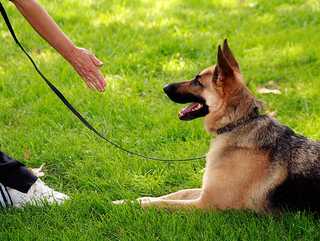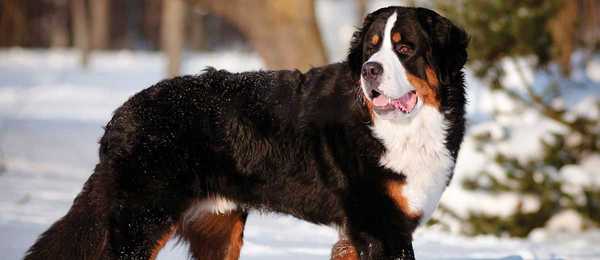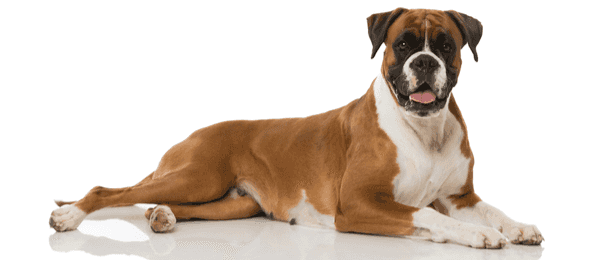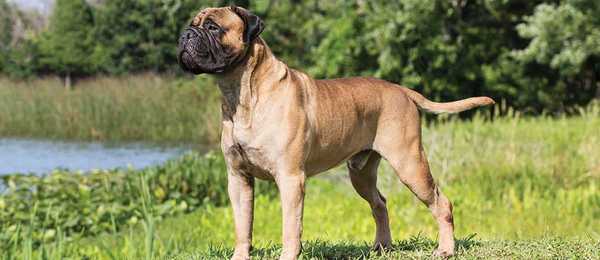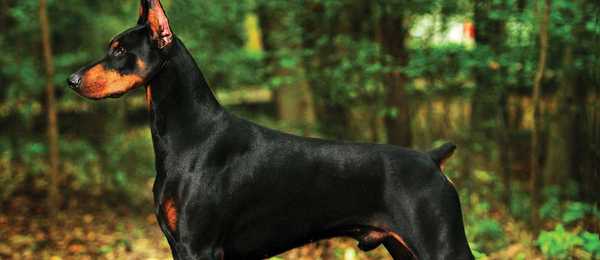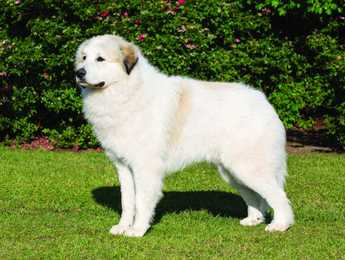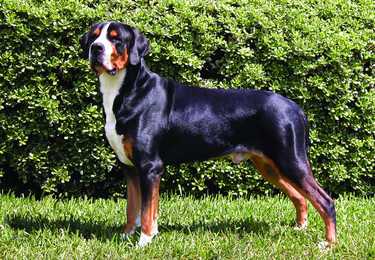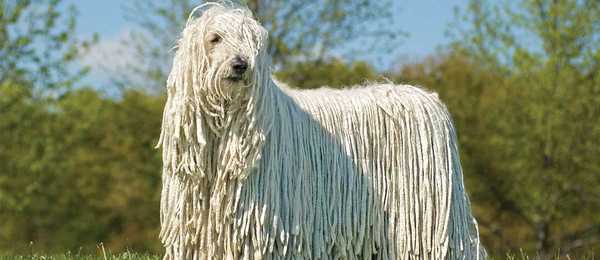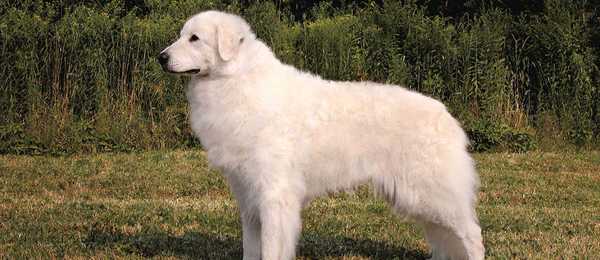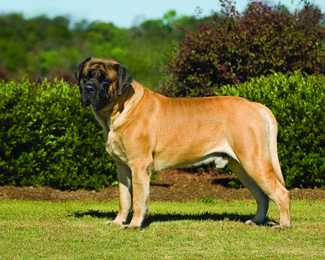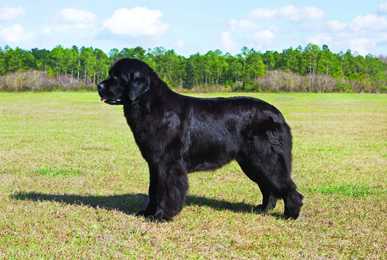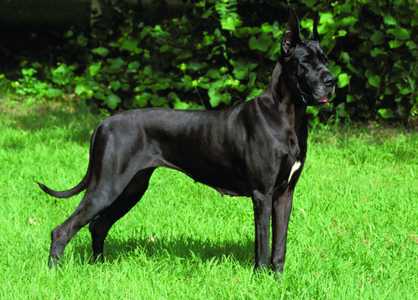
Traits and Characteristics
type
weight
height
family
This regal breed combines great size and power with elegance. They are square proportioned and well balanced. The gait is strong and powerful with long, easy strides. The coat is short, thick, and glossy. The Great Dane is most noteworthy for its majestic carriage and appearance— the Apollo of Dogs.
Ready to see what dogs fit you best? Take our short quiz to find out!
Energy Level
Exercise Requirements
Playfulness
Affection Level
Friendliness to Dogs
Friendliness to Other Pets
Friendliness to Strangers
Watchfulness
Ease of Training
Grooming Requirements
Heat Sensitivity
Vocality
Disclaimer: While the characteristics mentioned here may frequently represent this breed, dogs are individuals whose personalities and appearances will vary. Please consult the adoption organization for details on a specific pet.
Temperament
The Great Dane is spirited, courageous, friendly, and dependable. He is generally good with children (although his friendly overtures may overwhelm a small child) and usually friendly toward other household dogs and pets, but like all large dogs should be supervised. With training, he makes a pleasant, well-mannered family companion.
Upkeep
The Great Dane needs daily moderate exercise. His needs can be met with a good walk or romp. He needs soft bedding and sufficient room to stretch out when sleeping. Some tend to drool. Coat care is minimal.
Health
- Major concerns: gastric torsion, cardiomyopathy, osteosarcoma
- Minor concerns: CHD, CVI (Wobbler’s syndrome), OCD, HOD, hypothyroidism
- Occasionally seen: vWD, cataract, entropion
- Tests: cardiac, hip, eye, thyroid, cardiac
- Life span: 7–10 years
- Note: Danes are usually bred within three separate color families: fawn and brindle; harlequin and mantle; and black and blue. Because dogs from the color families are seldom interbred, each color family tends to have different characteristics and health concerns.
History
Dubbed the “Apollo of Dogs,” the Great Dane is probably the product of the ancient Molossus war dog and the Greyhound. With these ancestors, its ability as a fearless big game hunter seemed only natural. By the fourteenth century, these dogs were proving themselves as able hunters in Germany, combining speed, stamina, strength, and courage in order to bring down the tough wild boar. The dogs became popular with the landed gentry not only because of their hunting ability but also because of their imposing yet graceful appearance.
These noble dogs made gracious additions to any estate. British familiar with the breed first referred to them as German Boarhounds. Exactly when and why the breed was later dubbed the Great Dane is a mystery because, although undeniably great, it is not Danish. It is a German breed, and in 1876, the breed was declared Germany’s National Dog. In 1880 German authorities declared the dog should be called the Deutsche Dogge, the name by which it still goes in Germany. The English paid no heed, and the old name stuck for the English-speaking world. By the late 1800s, the Great Dane had come to America. It quickly attracted attention, as it does to this very day. The breed has since achieved great popularity in spite of some of the challenges owning a giant dog entails. The record of world’s tallest dog has been held by several Great Danes.
